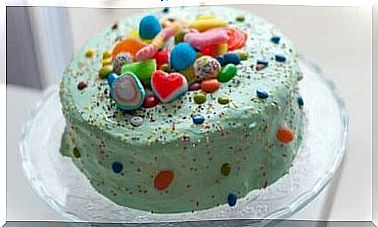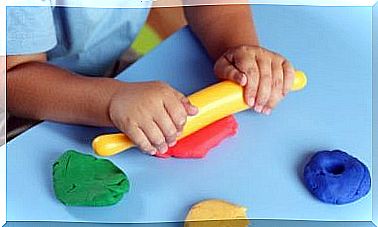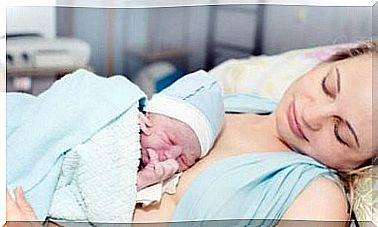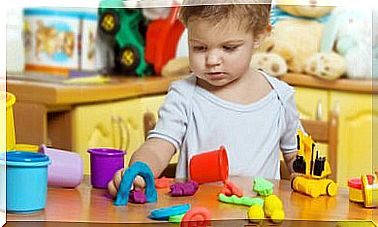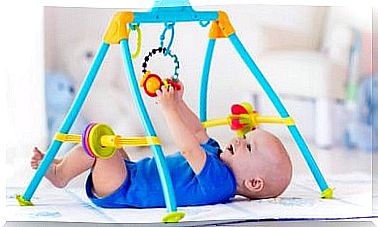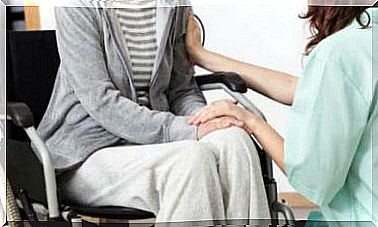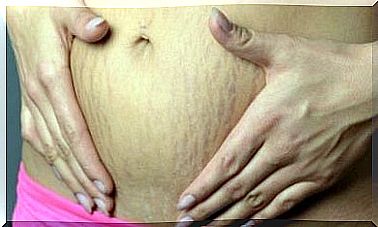Infantile Jaundice: What It Is And How It Manifests Itself
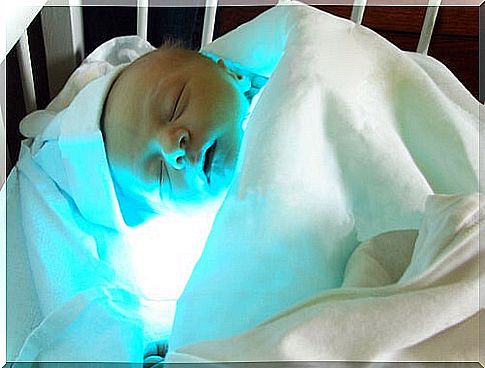
Infantile jaundice is a disease that often has no further complications. However, to combat it properly, you need to know what it is and why it occurs.
First of all it must be said that it is a yellowish discoloration of the skin and mucous membranes caused by an excess of bilirubin in the blood. This substance present in the blood is easily and quickly distributed in the body.
Secondly, we must know that infantile jaundice occurs when bilirubin (a waste product of hemoglobin) cannot be transformed by the liver or be disposed of in the stool as it normally does. For this, this disease is characterized by the typical yellow coloring.
Many infants and young children can suffer from infantile jaundice, as their liver is not fully mature and therefore unable to eliminate waste.
Trial exercise
To find out if the baby has jaundice, gently squeeze his nose and forehead. If the skin turns yellow as a result of pressure, then the baby may have mild jaundice. If not, her skin color should be lighter than usual.
Below we will explain what the types of jaundice are, what the symptoms are, and we will provide you with other interesting information.
What are the types of infantile jaundice?
There are two types of infantile jaundice, and while both are harmless, care should still be taken.
- Jaundice due to formula feeding. It appears in the first few weeks after birth and can develop because the baby is not feeding very well.
- It can occur when the mother has a delay in milk production and is forced to feed the baby 10 to 12 times a day in order to feed the baby enough.
- Jaundice due to breastfeeding. Some substances contained in breast milk can block certain proteins that break down bilirubin.
- It can be countered if the mother stops breastfeeding for a couple of days. In this way, the bilirubin level will decrease.
- However, during these days, milk can be expressed from the breast in order to maintain blood flow. The baby can be bottle-fed, but still have breast milk.
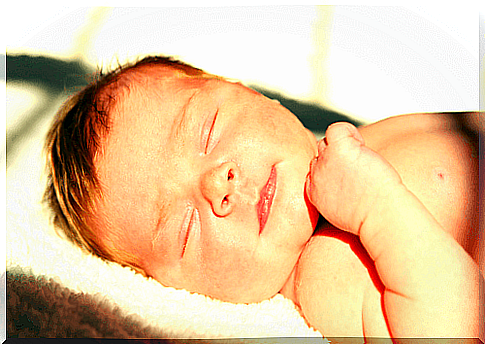
Severe signs and symptoms
When infantile jaundice is severe, a cause could be blood incompatibility between the mother and the baby. It is not a frequent case.
This is why, when the mother goes to the doctor for prenatal visits, he asks her what her blood type is. It is necessary to understand if the child could present this complication. In this case it is necessary to take the necessary precautions.
However, if you notice any of these symptoms in your baby, see your doctor.
- The baby’s skin is more yellowish every day, especially the abdomen, arms and legs.
- The child looks sick and it is difficult to wake him up.
- He has a sharp cry.
- Hemorrhages.
- Hepatitis.
- Fever and vomiting.
- Constantly looking upwards.
- He is very nervous.
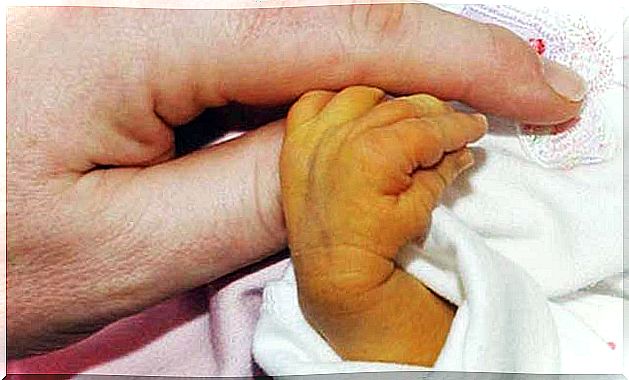
Causes
In addition to the incompatibility of the blood group between the mother and the child, this disease can arise from the following causes:
- Premature birth.
- Use of forceps during childbirth.
- Abnormal forms of blood cells.
- Lack of enzymes.
- Low level of hypoxia.
- Congenital infections, such as rubella, syphilis or others.
- Infection of the baby’s blood, known as septicemia.
Treatment
There are several treatments to help the baby overcome jaundice. Some can be carried out at home by the mother, while others require a doctor’s intervention.
- Sun baths. You mothers can do this too, exposing the newborn to the sun before 9.00 and after 16.00. In case you expose him to the sun, you have to protect his eyes and genitals and you have to change his position continuously.
- Carry out periodic checks of the level of bilirubin in the blood.
- Phototherapy. It consists of placing special blue lights that illuminate the baby. The child is placed in the incubator blindfolded. This treatment takes place in the hospital for a certain period of time.
- Supply. Another measure you can take is to get your baby to have plenty of breast milk or formula in order to evacuate the intestines frequently and eliminate waste.
